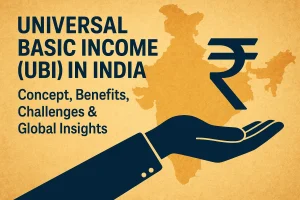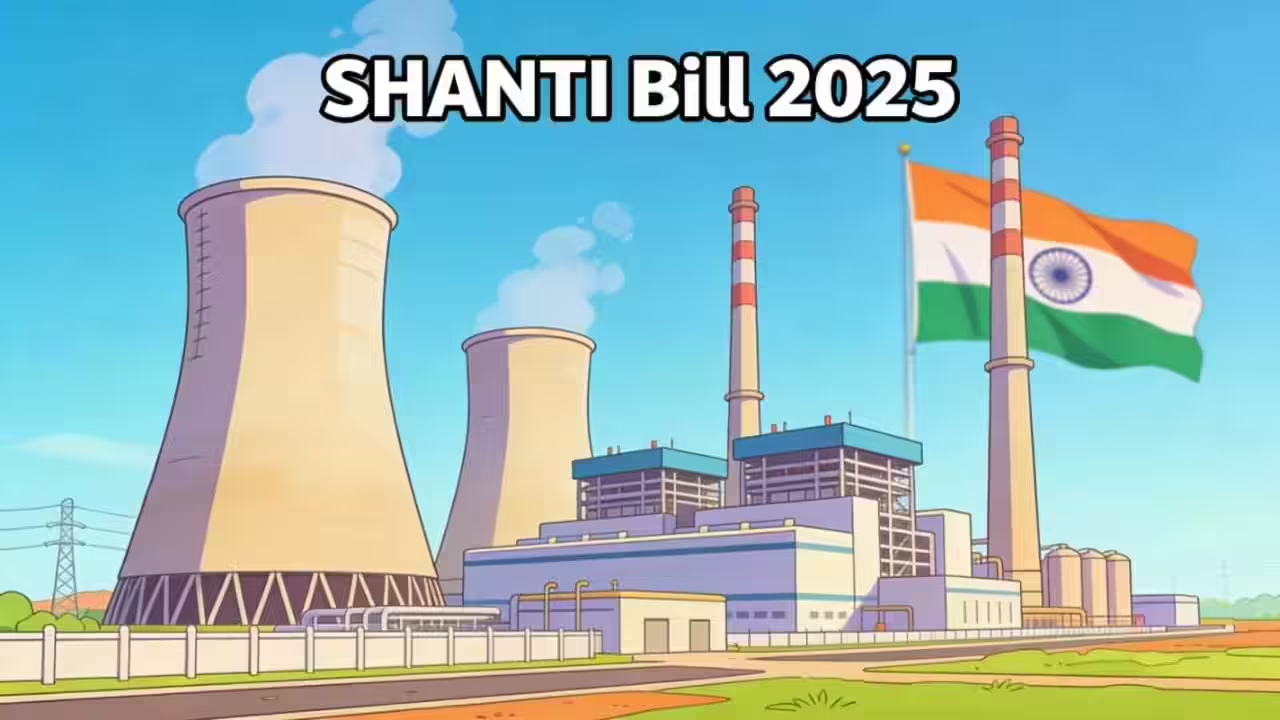Basic Structure and Anti-Conversion Laws
Explore how India’s anti-conversion laws intersect with the Basic Structure doctrine. This detailed analysis explains their constitutional challenges, key provisions, and implications for secularism, equality, and religious freedom — essential for UPSC Polity and Constitution preparation.
Basic Structure and Anti-Conversion Laws: Constitutional Scrutiny and Implications
As a decade after the first wave of anti-conversion laws, enforcement has led to thousands of arrests but very few convictions, revealing a stark gap between intent and outcome. The Supreme Court is currently hearing a landmark case — Citizens for Justice and Peace vs State of UP — challenging the constitutional validity of these laws in states like Uttar Pradesh, Uttarakhand, and Gujarat.
| State | Year Enacted | Key Provisions | Penalties |
|---|---|---|---|
| Odisha | 1967 | Forced, fraudulent conversions | 1–2 years prison, fine |
| Uttar Pradesh | 2021 | Notification, coercion banned | 1–10 years prison, fine |
| Karnataka | 2022 | Marriage conversion banned | 3–10 years prison, fine |
| Haryana | 2022 | Concealment, marriage | 1–10 years prison, fine |
| Jharkhand | 2017 | Notification, coercion banned | 3–4 years prison, fine |
| Himachal Pradesh | 2006/2022 | Notification, marriage banned | 1–7 years prison, fine |
What Are Anti-Conversion Laws?
Anti-conversion laws are state-level legislations in India designed to prevent conversions through force, allurement, or undue influence. In practice, however, they have evolved into restrictive mechanisms regulating even voluntary conversions.
Key features include:
-
Criminalisation of Vague Acts: Broad terms like “force” or “allurement” make it easy to file complaints and difficult to defend oneself.
-
Reverse Burden of Proof: The accused must prove their innocence, violating the basic principle of “innocent until proven guilty.”
-
Mandatory Pre-Conversion Notice: Individuals must inform the district magistrate weeks before conversion, allowing state scrutiny of private belief.
-
Vigilante Empowerment: Anyone can lodge complaints, often enabling vigilante groups to harass interfaith couples and minorities under the guise of fighting “love jihad.”
Why Were They Formulated?
Proponents justify these laws as safeguards to:
-
Protect Vulnerable Sections such as women, Scheduled Castes, and Tribes from coercive conversions.
-
Maintain Public Order by preventing communal disturbances linked to conversions more.
However, critics contend that these laws serve political and majoritarian agendas:
-
Policing Religious Choice: They restrict the freedom to choose or change religion guaranteed under Article 25 of the Constitution.
-
Majoritarian Anxiety: The laws reflect fears about demographic change, especially in interfaith marriages involving Hindu women and Muslim men.
-
Legal Sanction for Harassment: By empowering private actors, these laws often institutionalise discrimination and legitimise intimidation.
The Basic Structure and Its Constitutional Relevance
The basic structure doctrine—established by the Supreme Court in Kesavananda Bharati (1973)—is the Constitution’s ultimate safeguard, ensuring that no law or amendment destroys its core principles. For anti-conversion laws, this doctrine is pivotal in three ways:
-
Upholding Secularism:
Secularism is an essential feature of the basic structure. The Court must assess whether anti-conversion laws, by privileging majority religious sentiments, undermine secular neutrality and the state’s obligation to treat all faiths equally. -
Protecting Fundamental Rights:
The laws affect Article 21 (Right to Life and Personal Liberty) and Article 25 (Freedom of Conscience). Onerous procedures, surveillance of private belief, and arbitrary rejections may destroy the essence of these rights, violating citizens’ privacy and autonomy. -
Ensuring Equality (Article 14):
The doctrine mandates equality before law. The Court will examine if these laws are discriminatory, targeting minorities and interfaith couples, thereby breaching the rule of law and equal protection.
Conclusion
Anti-conversion laws, though framed to prevent coercion, often end up criminalising personal belief and weakening India’s secular framework. The ongoing Supreme Court review could define how the basic structure doctrine protects citizens from state overreach into matters of conscience. Strengthening legal clarity, reducing executive discretion, and reaffirming freedom of faith are essential to uphold India’s democratic promise of equality and secularism.
Subscribe to our Youtube Channel for more Valuable Content – TheStudyias
Download the App to Subscribe to our Courses – Thestudyias
The Source’s Authority and Ownership of the Article is Claimed By THE STUDY IAS BY MANIKANT SINGH





